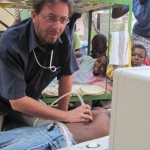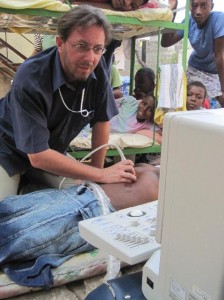
During the first two weeks of February 2010, our board member Dr. Dirk Englisch was on official mission in the earthquake zone in Port au Prince to help in a newly built health centre.
He conducted ultrasound scans in patients with unclear abdominal complaints to identify the most effective therapy.
What had happened?
On 12.01.2010 at 16:53 local time Haiti was hit by an earthquake of magnitude 7.0 with its epicentre near the town of Coupeau, 25 km SW of the capital, Port au Prince., the western part of the Caribbean island of Hispaniola. Aftershocks occurred to this day, with magnitudes registered up to 6.2. The regions of Haiti Ouest, Sud-Est and Nippes (Tiburon Peninsula) were hardest hit.
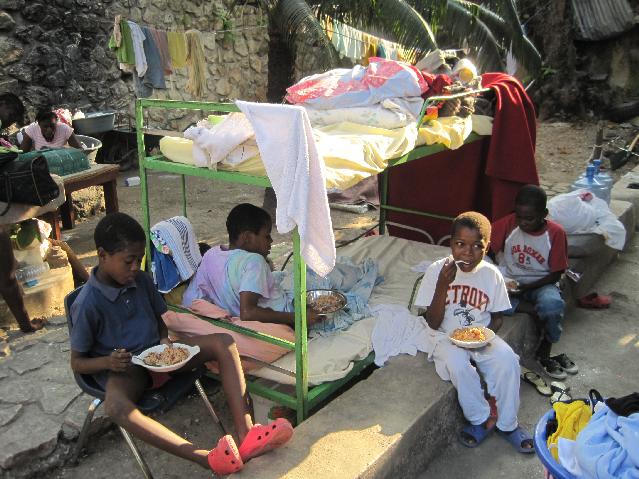
The coastal town of Leogane is with 80-90% destruction the most affected city in the country. Also in the Dominican Republic, the earthquake was felt, but didn’t cause major damage.
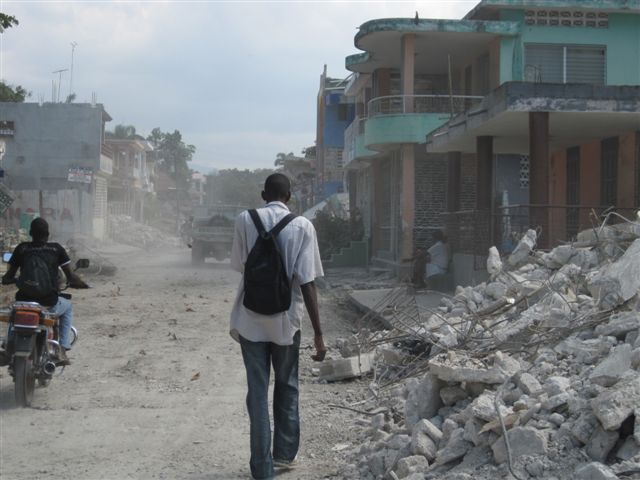
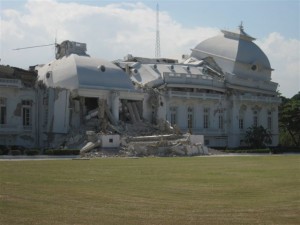
In Port au Prince, with a population of 2 million was heavily destroyed as well. Most of the ministries, the historic Presidential Palace, built in 1912, the luxury hotel Montuno, the HQ of the UN peacekeeping troops (Christopher Hotel), almost all hospitals in the city and the cathedral Notre-Dame de L’Assomption were heavily damaged and destroyed respectively.
Thousands of apartments and private houses, partially not constructed according standards, and many of the informal settlements (slums), particularly on the hillside, were also destroyed. The technical infrastructure, power supply, as well as the telephone and mobile network were initially largely inoperative. Large fuel storage tanks at the port were fortunately not damaged.
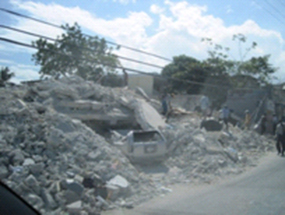
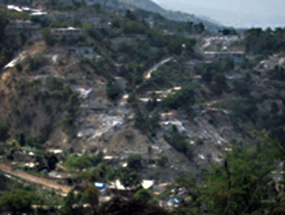
Due to earthquake disaster law and order collapsed entirely in the already politically instable country therefore immediate emergency response remained insufficient and the public and private health services were not functional anymore.
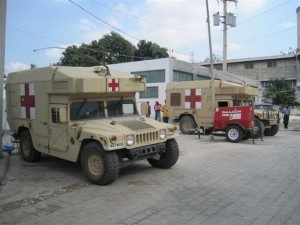
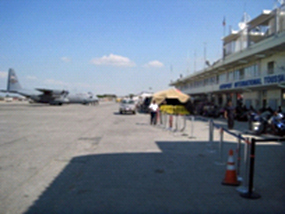
Immediately after the quake international aid was launched. The Joint Operations Task Centre (JOTC) coordinates the activities of Haitian government, MINUSTAH, US and CDN military as well as UN Cluster/NGO. Meanwhile 900 aid organisations are active in Haiti.
What is the situation of affected people?
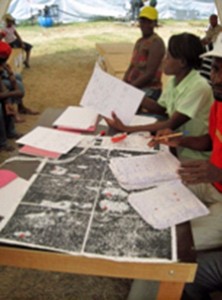
Political instability, corruption, nepotism, as well as the change from an agriculture covering the own needs to exports to the USA and later in the NAFTA region, Haiti has become the poorest country in the Western Hemisphere:
The annual per capita income in 2007 was about 600 USD. About 80% of Haitians live on less than 2 USD a day. This obviously has negative consequences for the health sector.
The consequences of the earthquake according to recent government estimates about 3 million people are directly affected. At least 230.000 people were killed, 300.000 people were injured and over 1 million people are homeless. 1.234 schools were completely destroyed.
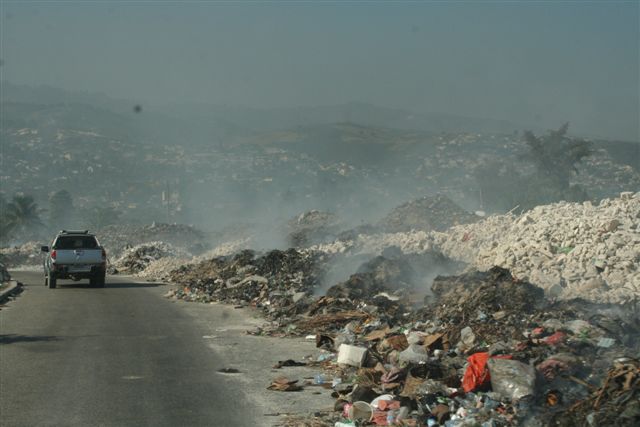
20 million m3 of debris have to be removed in Port-au-Prince alone. To do the job 35,000 people were employed (cash for work “programs).Due to rising food prices all over the country, one million Haitians were provided with food through the World Food Program WFP/PAM. Another 338,000 people received special 2-week rations.Another 5,000 people still need to be provided with suitable shelter with increasing priority on water and sanitation.
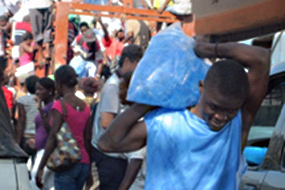
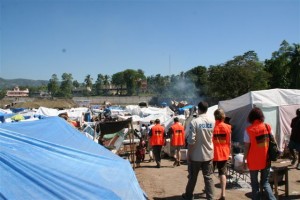
One shortcoming is the insufficient registration of the IDPs. Reliable data on economic and health needs are difficult to obtain.
In addition to the IDPs accommodated in tented camps, a large proportion of the population of Port-au-Prince and large parts of the country is roaming around. Therefore mobile clinics and mobile kitchens are in consideration. UNICEF has so far provided 171 so-called Child Protection kits (clothing, bedding, food) for a total of 3362 children.
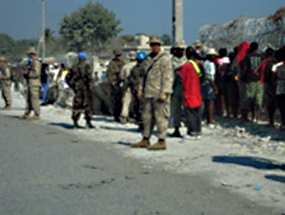
U.S. and Sri Lankan military
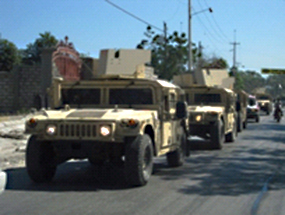
Port au Prince
The security situation – which is already traditionally very critical in Haiti – remains calm but tense. Personnel losses in the police force were replaced by former officers suspended from duty due to disciplinary reasons. About 5.000 prisoners escaped from destroyed prisons, of which 50 were re-arrested only. Despite increased police presence, gang fights, robberies, car thefts, shop-raiding as well as raping in refugee camps is on the raise.
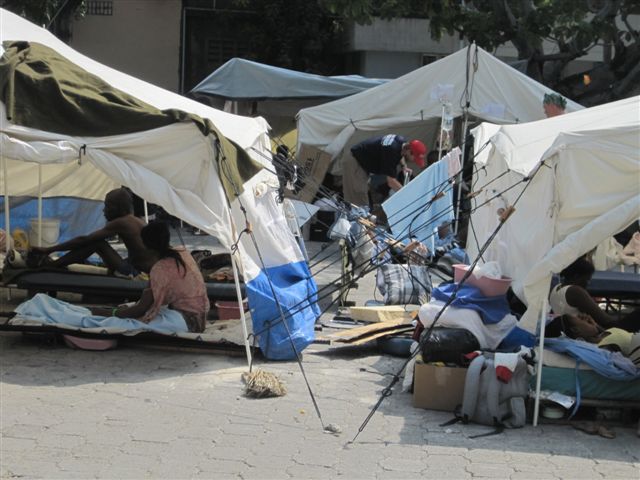
In the health sector the acute emergency phase is over and we are in the post-emergency phase. This is reflected in a significant decrease of trauma cases. More and more patients come with “normal” health problems, especially diseases requiring surgical intervention as well as poorly treated amputations, infected surgical wounds, and necrotic skin areas due to circular plaster bandages, etc. 2000 to 4000 amputees are waiting in Port-au-Prince alone for rehabilitative measures. according to estimates of Handicap International. As expected, the number of diarrheal diseases, meningitis, ARI is rising and the number of tetanus cases continues to rise. Meanwhile a vaccination campaign was launched.
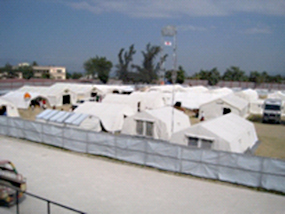
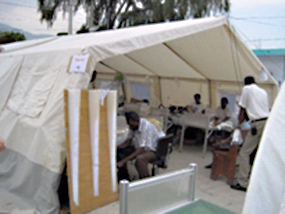
International organizations are still active on site and in various emergency fields. It will take years to repair the damage in Haiti and a halfway normal life will be possible. TULISA is happy to have helped a bit by direct medical support.

